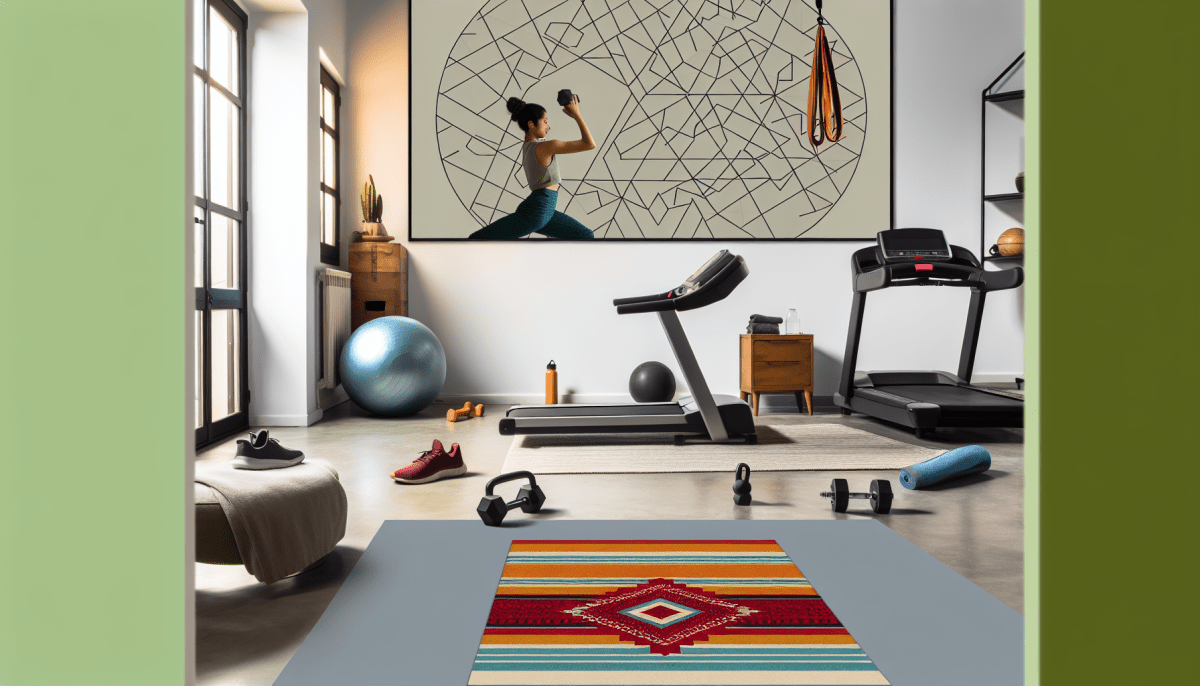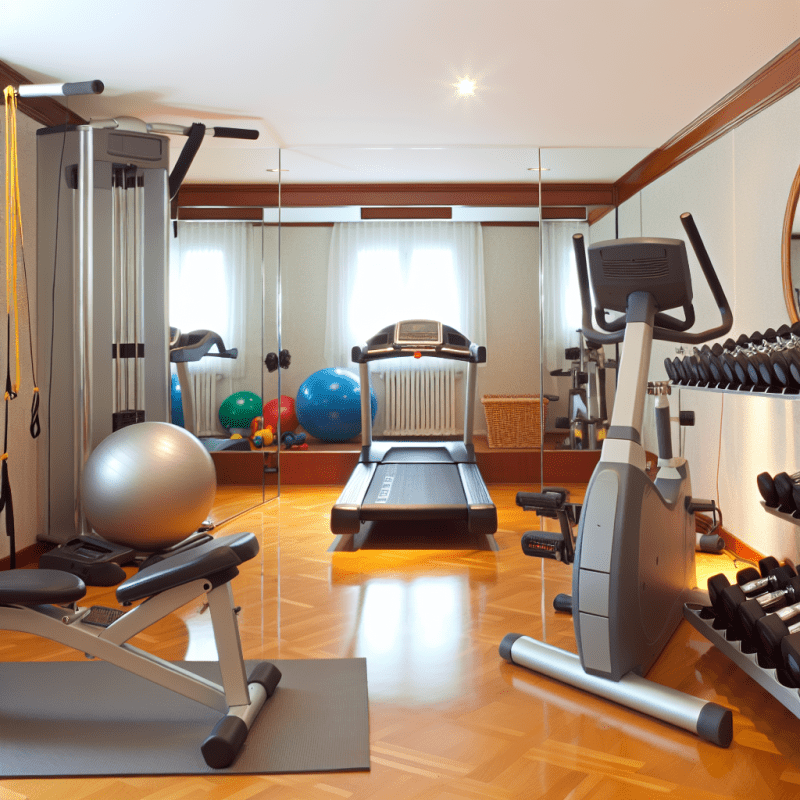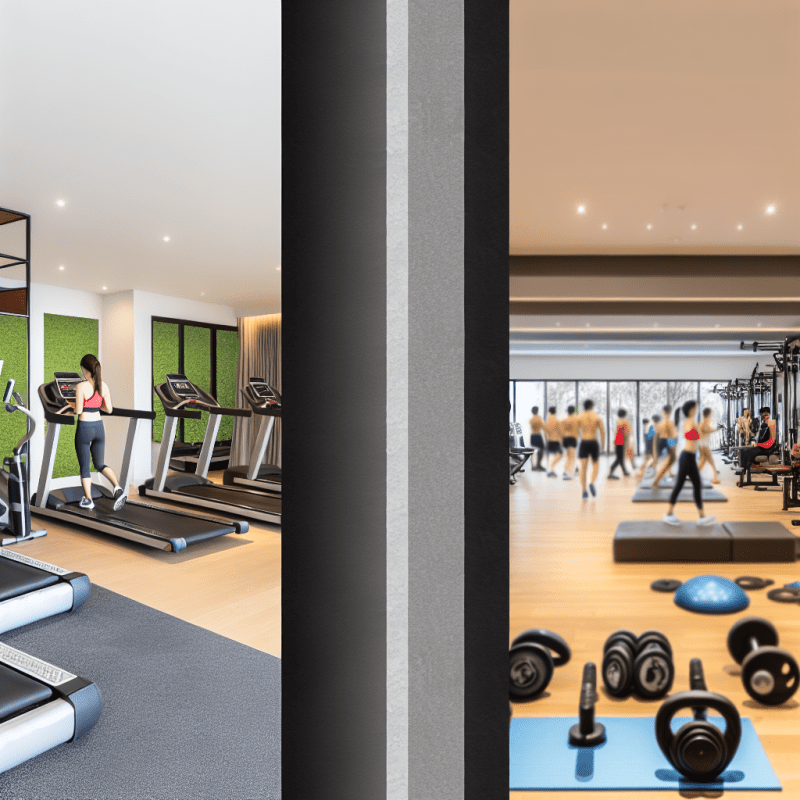Creating a safe workout space at home is super important, and it doesn’t have to be complicated! Start by choosing a spot that’s free of clutter. Make sure there’s enough room for you to move around without bumping into furniture or knick-knacks. A few feet of open space is usually enough, depending on what types of exercises you’ll be doing.
Lighting plays a big role in how safe you feel while working out. If you can, set up in an area with plenty of natural light. If it’s darker, make sure your workout space is well-lit so you can clearly see everything around you. This can help you avoid tripping or injuring yourself.
Don’t forget about the floor! If you’re doing exercises that need some cushioning, like yoga or bodyweight workouts, consider using a mat. A good mat can prevent slipping and provide support for your joints. If you don’t have a mat, make sure the surface you’re using is clean and free of anything that could trip you up.
Lastly, it’s a good idea to keep some water nearby. Staying hydrated is key, especially if you're working up a sweat. Having a bottle or cup close at hand means you won’t need to interrupt your flow to grab a drink.
Warm Up to Prevent Injuries
Warming up before your workout isn't just a good idea; it's essential for keeping you safe and injury-free. Think of it as the friendly handshake your body needs to get ready for some serious movement! A proper warm-up gradually increases your heart rate and loosens up your muscles, making them more flexible when you start exercising.
Start with some light cardio to get your blood flowing. This can be as simple as jogging in place, jumping jacks, or even a brisk walk around your living room. Aim for about 5-10 minutes of this to really get your body going. After your heart rate is up, it’s time to stretch! Focus on the major muscle groups you'll be using. Think arms, legs, and back – a few gentle stretches help tap into your flexibility.
Listening to your body is super important during this time. If something feels tight or sore, give it a little more attention or adjust your routine. The goal here is to feel good and ready to tackle your workout, not to push yourself too hard right off the bat. A solid warm-up can set the tone for an effective and safe home workout!
Stay Hydrated During Your Routine
Staying hydrated is key when you're working out at home. You might not realize, but even a little bit of dehydration can slow you down and make your workout feel way harder than it should. It's like trying to drive a car with no gas—you just won’t get very far.
So, how can you keep yourself hydrated? Here are a few tips:
Lastly, listen to your body. If you're feeling thirsty, don’t ignore it! Thirst means your body is already asking for water, so grab that bottle and take a sip. Staying hydrated turns your workouts into something that feels good rather than a chore, and trust me, you’ll feel the difference!
Listen to Your Body’s Signals
When you're working out at home, it’s super important to pay attention to what your body is telling you. Unlike a gym environment where you have trainers around to guide and motivate you, it's all up to you to listen to those little whispers your body sends your way. If something feels off—whether it’s discomfort, fatigue, or just not feeling right—don’t ignore it!
Here are some signs your body might give you during a workout:
Remember, every body is different! What works for someone else might not work for you, and that’s totally okay. Always give yourself permission to modify exercises or even skip a day if that’s what your body needs. Your fitness journey should be about being healthy and feeling good, not just pushing through at all costs.
Connecting with your body can help you avoid injuries and keep your workouts enjoyable. So, take those signals seriously and adjust your routine as needed. Staying safe while staying active is what it’s all about!



